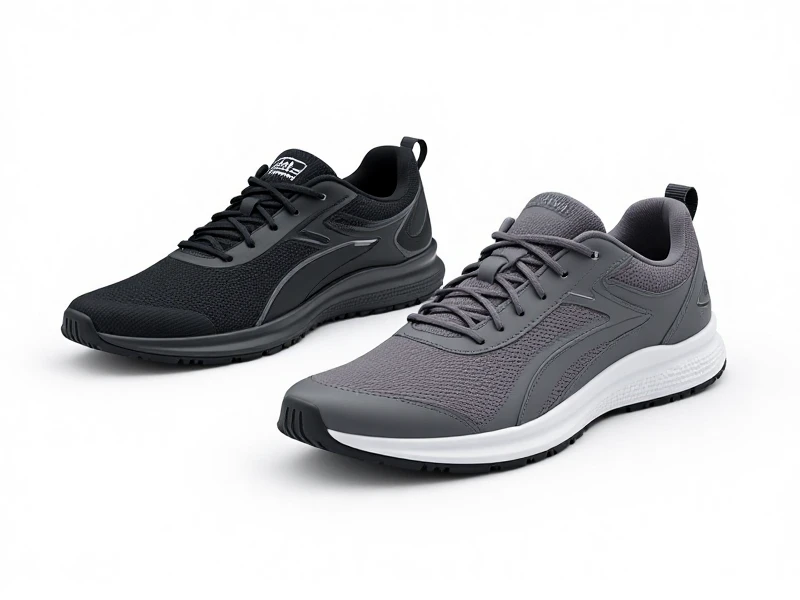
What Are Training Shoes? Understanding Key Features, Benefits & Design
<What Are Training Shoes? Understanding Key Features, Benefits & Design>
If you're serious about varied workouts beyond just running, dedicated training shoes can be a game-changer. Unlike specialized running shoes focused solely on forward motion, or fashion sneakers lacking structure, training shoes are meticulously engineered for multi-directional movement, stability under load, and versatile performance. They bridge the gap, tackling HIIT circuits, agility drills, weightlifting sessions, or court sports with confidence. Understanding their unique design reveals why they're essential for effective, safe training.
Key Design Elements of Quality Training Shoes:
- Midsole Responsiveness & Stability: Optimized cushioning is crucial. Training shoes strike a balance – offering enough shock absorption for jumps and sprints, yet delivering a firm, stable base for lifts like squats or deadlifts. Many feature lower-profile midsoles than running shoes, creating a more "connected-to-the-ground" feel for stability and power transfer. Materials like EVA foam or specialized compounds provide durable responsiveness without excessive softness.
- Outsole Traction & Flexibility: The outsole pattern is designed for grip in all directions. Expect durable rubber with a multi-directional or pivot-point reinforced lug pattern. This provides the traction needed for explosive lateral cuts, quick stops, and multidirectional agility drills without sticking to the floor. Flex grooves under the forefoot allow natural foot bending during dynamic movements.
- Upper Support & Breathability: The upper construction prioritizes lockdown. Reinforced sidewalls, structured overlays, and often padded collars provide crucial ankle and midfoot support during lateral movements and lifting. Materials should be robust yet lightweight and breathable to manage heat during intense workouts. A secure, adjustable fit (lacing systems that really hold) is non-negotiable.
- Secure Heel Counter & Forefoot Platform: A well-defined, rigid heel counter minimizes unwanted heel slippage, anchoring your foot during lifts and jumps. Similarly, a wide, stable forefoot platform creates a solid base of support, essential for maintaining proper form during lunges, squats, and any standing exercises.
Why Choose Training Shoes Over Running Sneakers?
Simply put, running shoes are optimized for repetitive, linear, heel-to-toe motion. Their high cushioning and flexibility compromise stability for side-to-side movements, weight shifts, or heavy lifting, increasing rollover risk or inefficient force transfer. Training shoes provide:
- Enhanced Stability: Prevents ankle rolls during lateral moves.
- Optimal Support: Manages multidirectional forces while lifting.
- Improved Power Transfer: A firm base allows better force exertion during lifts and jumps.
- Greater Durability: Designed to withstand the rigors of gym floors, turf, and varied surfaces.
- Lower Injury Risk: Promotes better biomechanics and control throughout complex movements.
Finding Your Perfect Pair
Your training focus matters. Those primarily lifting heavy weights might lean towards minimal cushioning and ultra-stable sole designs. Athletes emphasizing box jumps and plyometrics might prioritize slightly more responsive cushioning. Most general training shoes aim for an impressive sweet spot – versatile enough for mixed-modality workouts like circuit training or CrossFit-style routines.
Investing in dedicated training shoes is investing in better performance, greater confidence, and greater safety across your entire workout spectrum. Look beyond the colour; prioritize features like superior multidirectional grip, structured support, and the right blend of cushion and stability. For the demands of the floor, turf, or cage, having the right tools, starting with your foundation, matters most. Visit a specialty store for expert fitting advice to find your ideal match.